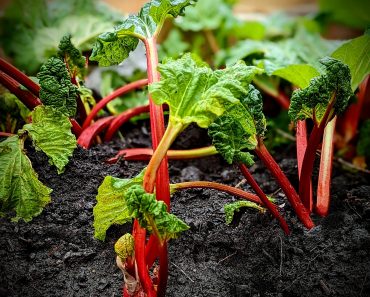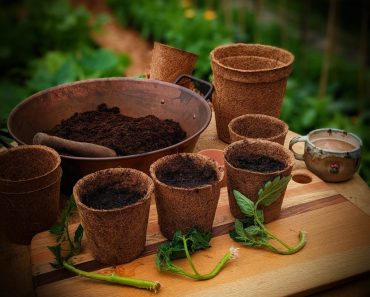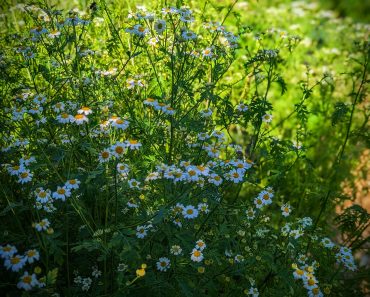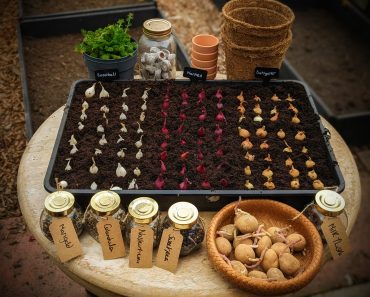Red Veined Sorrel is a looker! This unusual looking plant, has masses of gorgeous lime green leaves with blood red veigning, a unique perennial that is as attractive in your garden, as it is on your plate! Here’s how I grow mine…
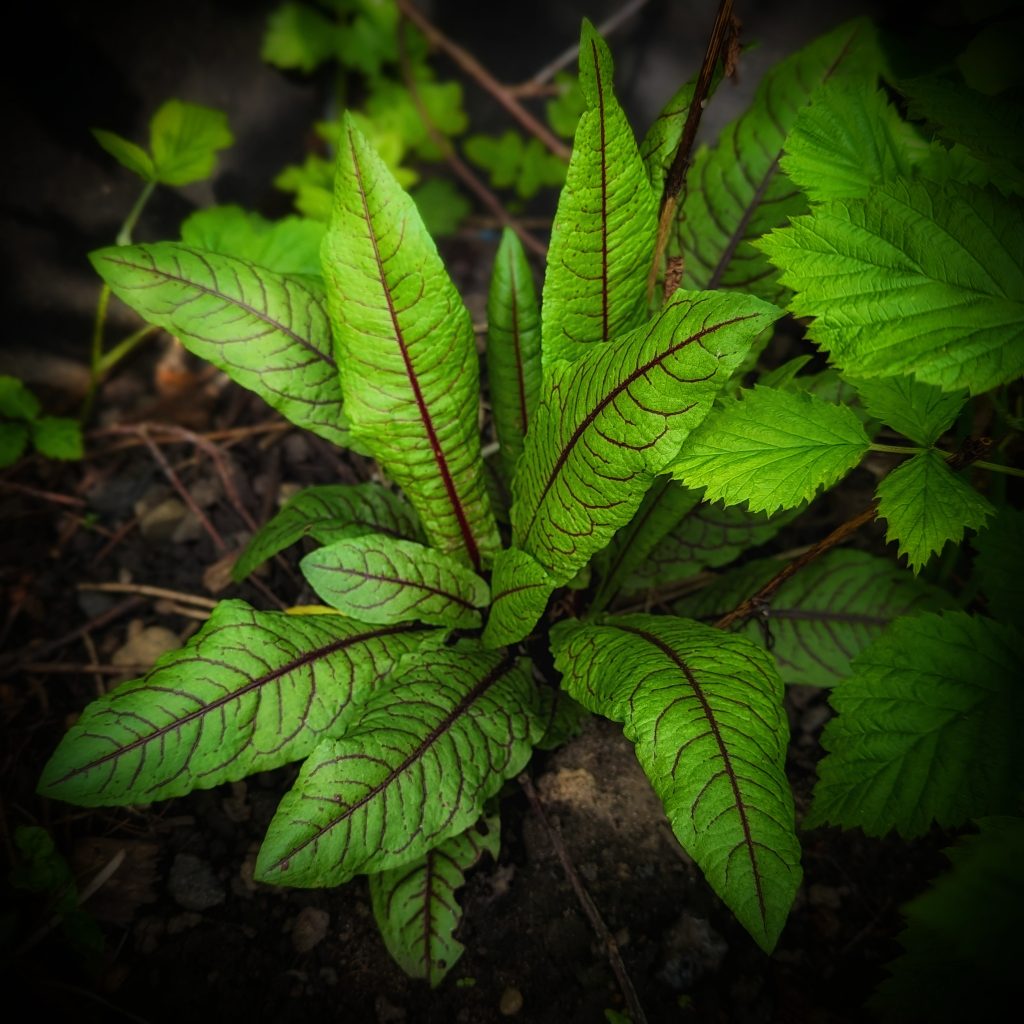
This post may contain Affiliate links please see my disclosure policy
Sorrel Characteristics
Rumex sanguineus, also known as bloody dock, wood dock and red veined dock is a Hardy Perennial plant belonging to the Polygonaceae family (the same family as Japanese Knotweed).
It has striking foliage, with long pointed ovate leaves growing from its base.This leafy herb grows low to the ground, reaching heights of 10-40 cm. An abundant and productive plant, it emerges in March and lasts until the first frosts.
What does Red Veigned Sorrel taste Like?
Raw Sorrel leaves have a tangy , citrus like taste. I find them to be quite lemony especially when harvested young. The more mature the leaves get, the more bitter they taste- which is why larger and older leaves should be cooked before eating.
7 ways to eat Sorrel!
- As mentioned above, young Sorrel leaves can be eaten raw. Toss them in Salads from as early as March! They will add a welcome, sharp tang to your salads with their unique flavour
- Young Raw Sorrel leaves can also enhance the flavour of fish and egg dishes. Their tangy, lemony flavour is a perfect fit
- Wrap mature leaves around cuts of chicken, pork or fish and bake! The leaves act as a natural tenderiser and flavour enhancer, just remove the leaves 30 minutes before the end of cooking time.
- As Sorrel Leaves mature they can be cooked and added to dishes in the same way you would use spinach. The tangy, citrus flavour of Sorrel leaves are dulled down during cooking, so dont worry about overpowering your dish.
- Sorrel pesto! Use my Basil and Pecan pesto recipe as a guide (just switch out the basil for sorrel)
- Sorrel Puree! Wash a handful of Sorrel Leaves, remove the main central vein of the leaf (the mid-ribs). Melt 2-3 tbsp of butter in a pan, add the still damp leaves and cook on a medium heat. Almost instantly the leaves will melt down into the butter, creating a tangy puree which is amazing with Eggs and Fish!
- Add to soups and Stews
How to Grow red Veined Sorrel
Sorrel is an easy to grow, hardy perennial that can be treated as a cut-and-come-again crop, once established, leaves can be harvested from early Spring right up to mid winter!
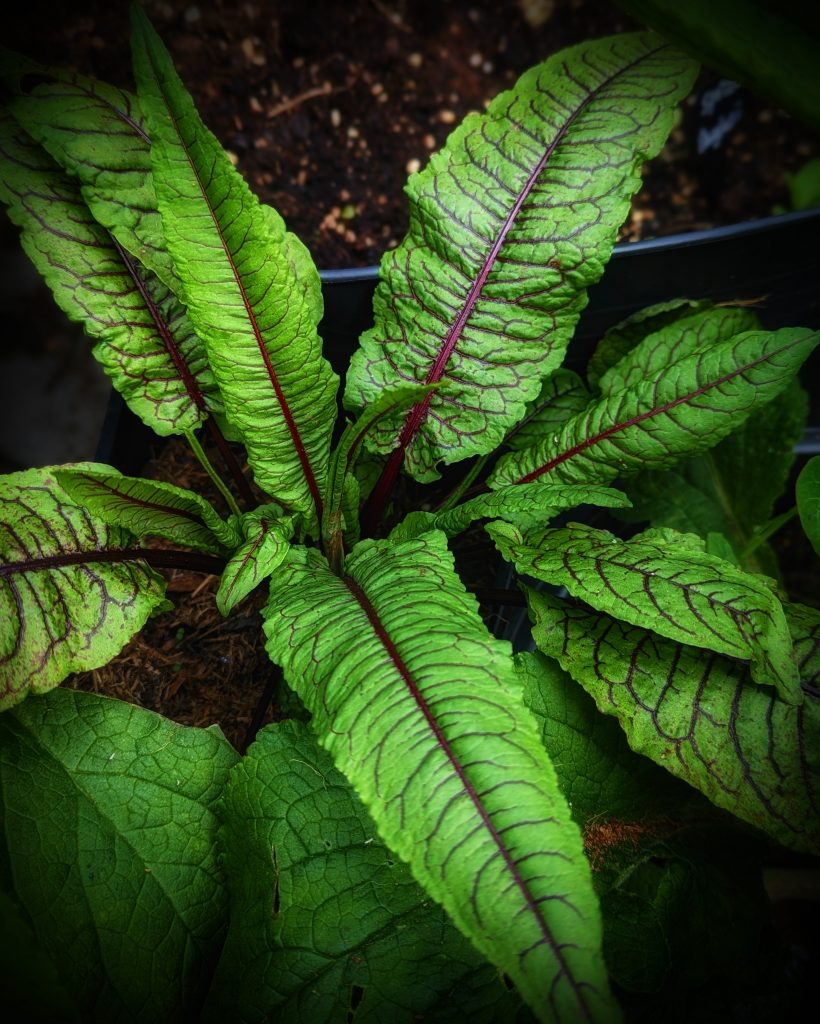
When To Sow Red Veined Sorrel Seeds
Affiliate Links
Sow Indoors or underglass- March To May
- Sow In Trays or Modules around 1/2 cm deep in damp compost
- Cover with a Propagator lid or cling wrap and place on a sunny windowsill to germinate
- Prick out and pot on when the seedlings are large enough to handle
- Plant out in a sunny/part shade spot once all risk of frost has passed- *Be sure to Harden off indoor raised seedlings first
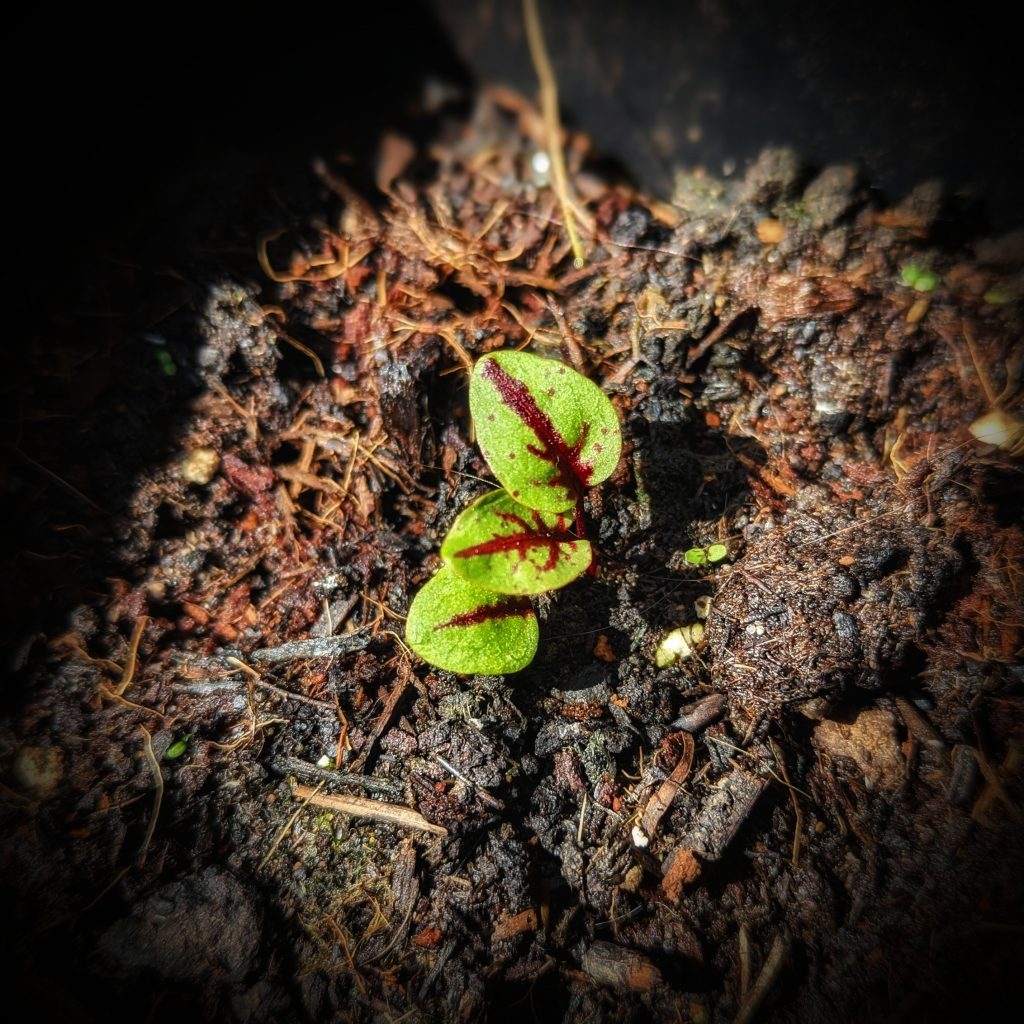
What Does Hardening Off Mean?
Plants raised indoors or in a greenhouse environment, need to be acclimatised to cooler temperatures and increased air movement for about two to three weeks before they are planted outdoors permanently. This is a ‘toughening up’ practice to prepare the plants for their new environment.
How to Harden Off
Place your plants out for a couple of hours in a shady part of the garden. The next day, leave them out again for two hours, but this time allow the plants an hour of direct sunshine in the morning. Gradually continue to increase the length of time the plants are in direct sunshine over the course of roughly two weeks.
Sow Outdoors– March To September
- Sow into well prepared, moist soil in a full sun or part shade spot.
- Sow seeds thinly at a depth of around 1cm in drills 30cm apart
- When the seedlings are large enough to handle, thin out to roughly 30cm apart.
- Cover young seedlings with a protective netting or fleece to prevent attacks from birds and insects.
Sorrel Sun and water Requirements
Sorrel is happy in a sun or light shade spot. Water as needed, more so during periods of drought
Sorrel Soil Requirements
If you really want to spoil your Sorrel! Plant it in a rich, fertile soil. But to be honest, Sorrel isnt overly fussy! It will tolerate most types of soil as long as it is well-drained.
How To Harvest Sorrel
To keep the plant producing, harvest the outer leaves of the plant. Within a couple of weeks new leaves will emerge. Established Sorrel plants can be harvested from March to the first Frosts.
** Important to note: Sorrel can be toxic to livestock in large quantities. It is safe for human consumption in small quantities. However, eating too much may cause stomach cramps.
Can You Grow Sorrel in Pots?
Absolutely! In fact it grows very well in pots. I have some in the garden by my kitchen at home.
Sorrel Companion Plants
Sorrel is good bed buddies with other low growing plants such as Cabbages and Strawberries. It also plays well with Thyme, Rosemary and Sage.
Looking For more ‘Homely’ Inspo ?
Have a Nosey Around the Blog! See what i’ve been Decorating, Baking, Growing and Drinking! Also, pop over and say Hi on Instagram
Want To Grow A Vegetable Garden? Check out These Other Posts…
- How To Grow Turnips
- How To Grow Beetroot
- Lemon Cucumbers
- How to grow Giant Mustard
- How to grow Perfect Carrots
- How To Grow Garlic
- How To Grow SweetCorn
- How To Grow Broccoli in Pots
- How To Grow Spring onions


